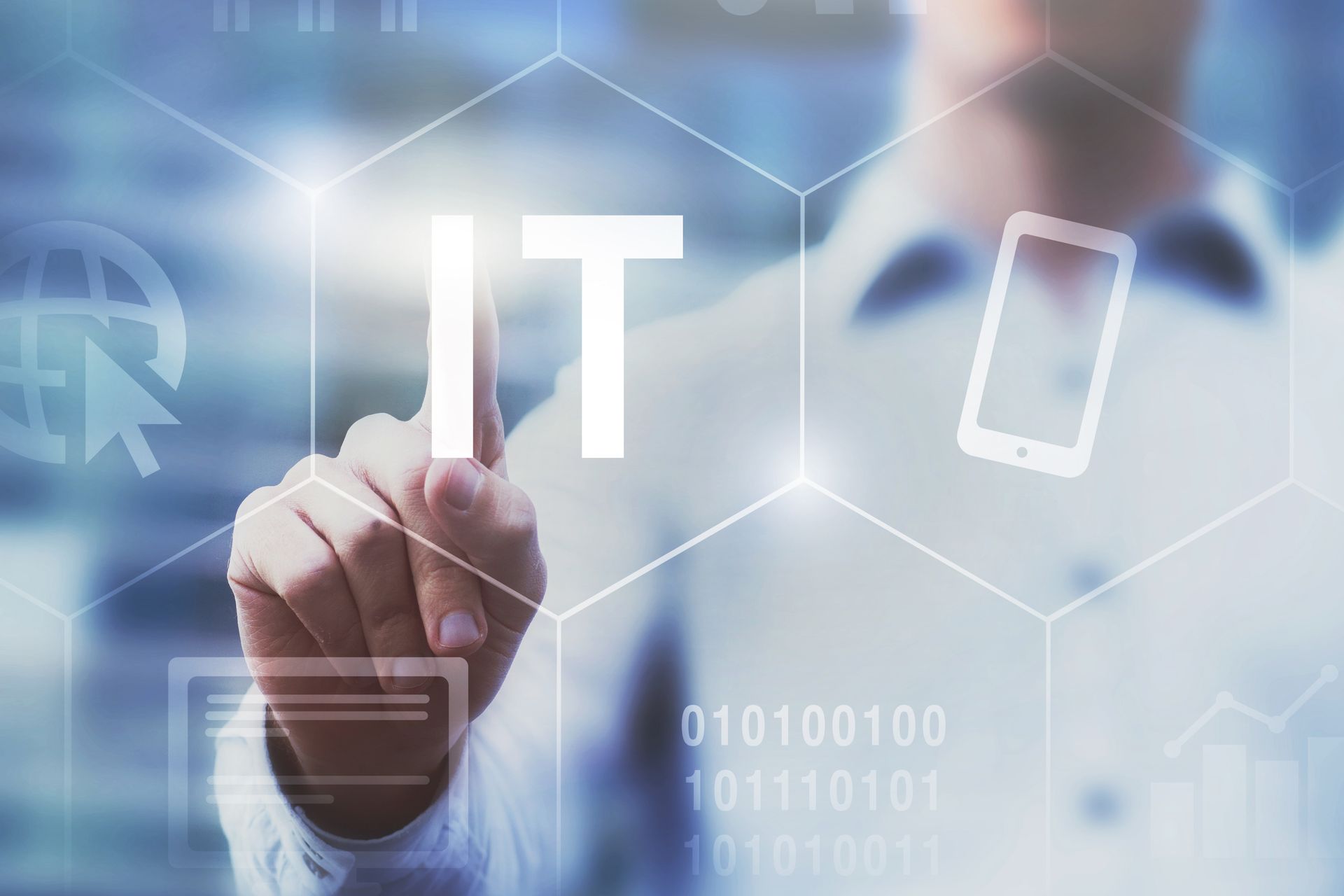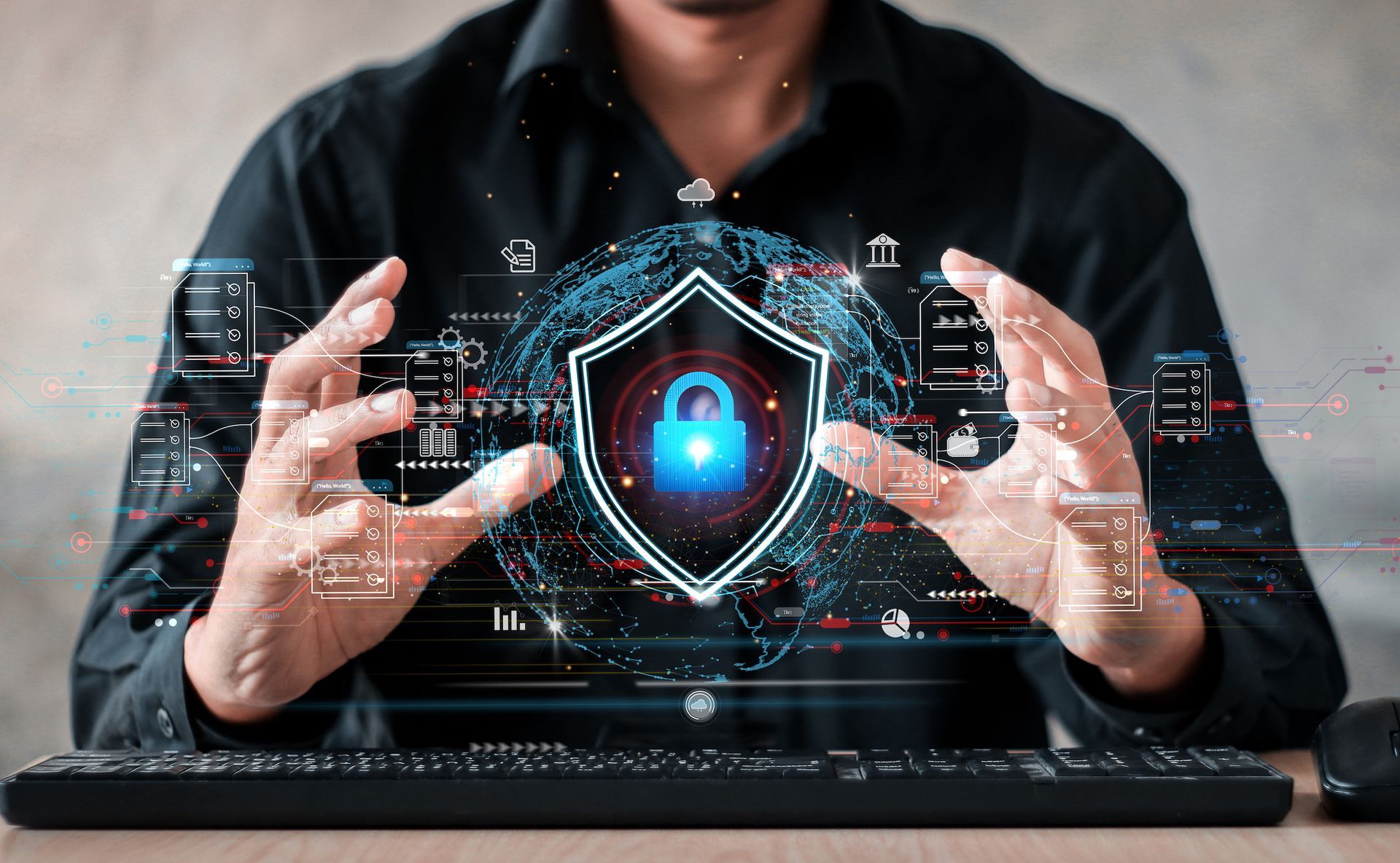Exploring Two-Factor Authentication: Enhancing Security in the Digital Age
In today's digital age, where technology plays a significant role in our lives, ensuring the security of our online accounts and sensitive information is more important than ever. With the rise of cyber threats, traditional methods of authentication, such as passwords, are no longer sufficient. Enter two-factor authentication (2FA), a security measure that adds an extra layer of protection to our digital lives. In this article, we will explore the concept of two-factor authentication, its advantages, implementation, challenges, and future trends.
Understanding Two-Factor Authentication
Two-factor authentication, also known as 2FA, is a security mechanism that requires users to provide two different types of identification factors to access their accounts or systems. These factors typically fall into three categories: something you know (password or PIN), something you have (smartphone or hardware token), and something you are (biometric data like fingerprint or facial recognition). By combining multiple factors, 2FA enhances security by making it significantly harder for attackers to gain unauthorized access.
Advantages of Two-Factor Authentication
The primary advantage of 2FA is that it adds an additional layer of security beyond passwords alone. Password breaches and stolen credentials are common occurrences, but with 2FA, even if an attacker manages to obtain your password, they would still need the second factor to gain access. This significantly mitigates the risk of unauthorized account access. Additionally, 2FA provides protection against phishing attacks and social engineering attempts since attackers would not have access to the second factor. Moreover, 2FA enhances security for online transactions and protects sensitive data, providing peace of mind for individuals and businesses alike.
Implementing Two-Factor Authentication
Implementing 2FA involves choosing a suitable authentication method and configuring it for various online accounts. Common options for 2FA include SMS-based authentication, mobile apps like Google Authenticator or Authy, and hardware tokens. Setting up 2FA typically involves linking your account with the chosen authentication method and following the provided instructions. It's essential to enable 2FA for critical accounts such as email, social media, banking, and other platforms that contain sensitive information. Best practices for managing 2FA include saving backup codes, setting up recovery options, and managing authorized devices.
Overcoming Challenges and Concerns
While the benefits of 2FA are clear, there are some challenges and concerns to address. User experience and convenience are often cited as potential drawbacks of 2FA. It can add an extra step to the login process, requiring users to have their second factor readily available. However, the tradeoff for increased security is well worth the minor inconvenience. It's also important to be aware of potential vulnerabilities associated with 2FA methods, such as SIM swapping or compromised mobile devices. Staying informed about the latest security best practices and regularly updating your authentication methods can help mitigate these risks.
What about MFA?
Multi-factor authentication (MFA) is an authentication method that goes beyond the two factors used in two-factor authentication (2FA). While 2FA requires the use of two different factors, typically something you know and something you have, MFA adds an additional layer of security by incorporating a third factor. This third factor can be something you are, such as biometric data like a fingerprint or facial recognition. MFA provides an even higher level of security compared to 2FA because it requires multiple types of identification to gain access. By combining different factors, MFA significantly reduces the risk of unauthorized access, making it more difficult for attackers to breach accounts or systems. While 2FA is a valuable security measure, MFA offers an extra layer of protection for individuals and organizations seeking to enhance their overall security posture in the digital age.
Future Trends and Technologies
The future of authentication is evolving, with exciting trends and technologies on the horizon. Biometric authentication, such as fingerprint, facial recognition, and voice recognition, is becoming increasingly prevalent. Biometrics provide a unique and personal factor that is difficult to replicate. Additionally, adaptive authentication and risk-based analysis are gaining traction. These technologies analyze various factors like location, device information, and user behavior to assess the risk level and adjust the authentication requirements accordingly. Hardware security keys, such as USB tokens or smart cards, are also gaining popularity due to their robust security and ease of use.
Multi-Factor Authentication Isn't a Luxury, It's Critical
In an increasingly digital world, two-factor authentication is a crucial tool for enhancing security. By requiring users to provide two different factors for authentication, 2FA significantly reduces the risk of unauthorized access to accounts and sensitive information. It protects against password breaches, phishing attacks, and social engineering attempts. While there may be some challenges and concerns, the benefits far outweigh the minor inconveniences. As technology continues to advance, biometric authentication, adaptive authentication, and hardware security keys will further strengthen authentication methods. Embracing two-factor authentication is a proactive step towards ensuring the security of our digital identities and staying one step ahead of cyber threats in the ever-evolving digital landscape.
Implementing two-factor authentication (2FA) or multi-factor authentication (MFA) is a critical step for businesses in bolstering their security measures. To ensure a successful implementation, it is highly recommended that businesses work with an experienced company specializing in this area. Experienced companies bring a wealth of knowledge and expertise to the table, understanding the intricacies of authentication methods and the unique requirements of different industries. They can assess the specific needs and vulnerabilities of a business, recommend the most suitable authentication solutions, and customize the implementation process accordingly. An experienced company can provide guidance on selecting the right combination of factors, whether it's something the user knows, has, or is, and assist in integrating the chosen authentication methods seamlessly into existing systems. They can also offer valuable insights on best practices, user experience considerations, and ongoing management of the authentication measures. By partnering with an experienced company, businesses can have peace of mind knowing that their 2FA or MFA implementation is in the hands of professionals who will ensure a robust and effective security solution.












